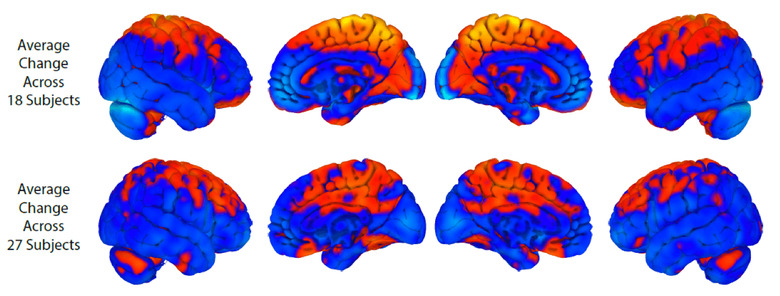Space travel may change the shape of astronauts' brains
A new study coming from the University of Michigan has found that astronauts face changes in the shapes of their brains during spaceflight, a health issue we've heard mention of from other studies in past years. Per the study, spaceflight causes an astronaut's brain to compress and expand, with the ultimate degree of changes depending on how long the astronaut spent in space. Gray matter increased in some cases, but decreased in others.
The work was done by the University's Professor of Kinesiology and Psychology Rachael Seidler and a team of colleagues. Though we've seen past studies that look into the effects space presence may have on the human brain, this is thought to be the first of its kind to look into structural changes resulting from space travel.

The brain changes were determined by looking at the brain scans of astronauts who spent only two weeks in space, and looking at the scans of astronauts who spent half a year on the International Space Station. Some parts of all these scans showed increased grey matter, while other parts of the brain showed a decrease in grey matter. These changes became more apparent the longer an astronaut spent in space.
There were, for example, increases in grey matter in parts of the brain that concern leg movements and the processing of sensory data from the legs. This is said to possibly be due to the brain's effort in learning how to navigate a world with microgravity. This is an example of neuroplasticity, but represents the results of an effort beyond what the average person will do — the astronauts' brains were learning to navigate in microgravity 24 hours a day rather than just an hour or two.
A future study will look into the possible cognitive and performance effects resulting from these brain changes, but for now the implications aren't entirely clear.
SOURCE: Michigan State University
